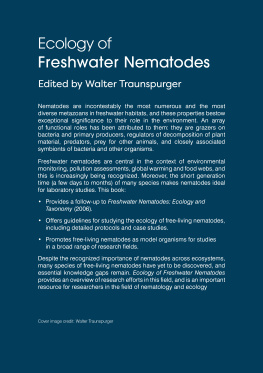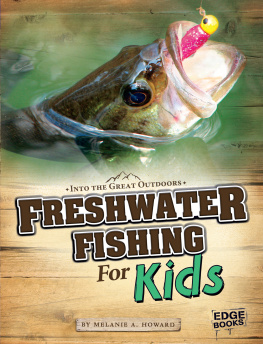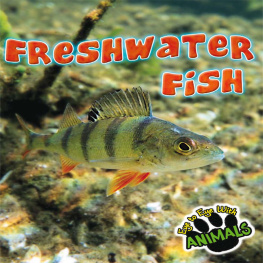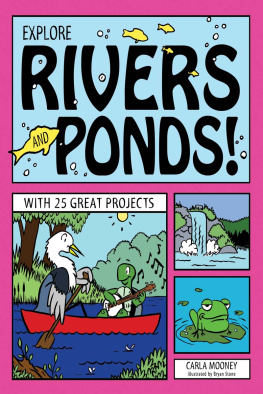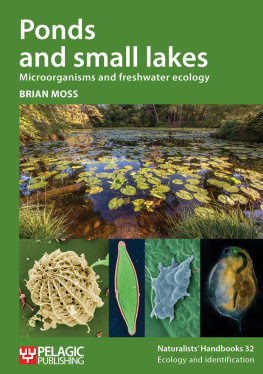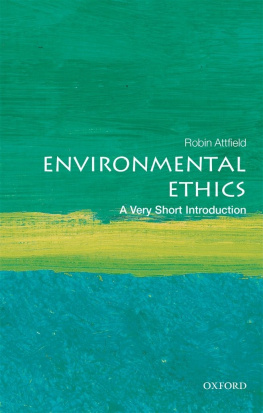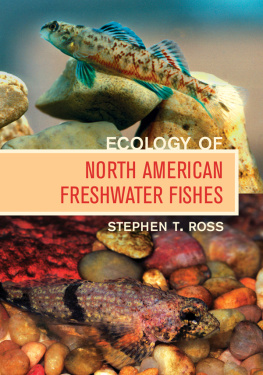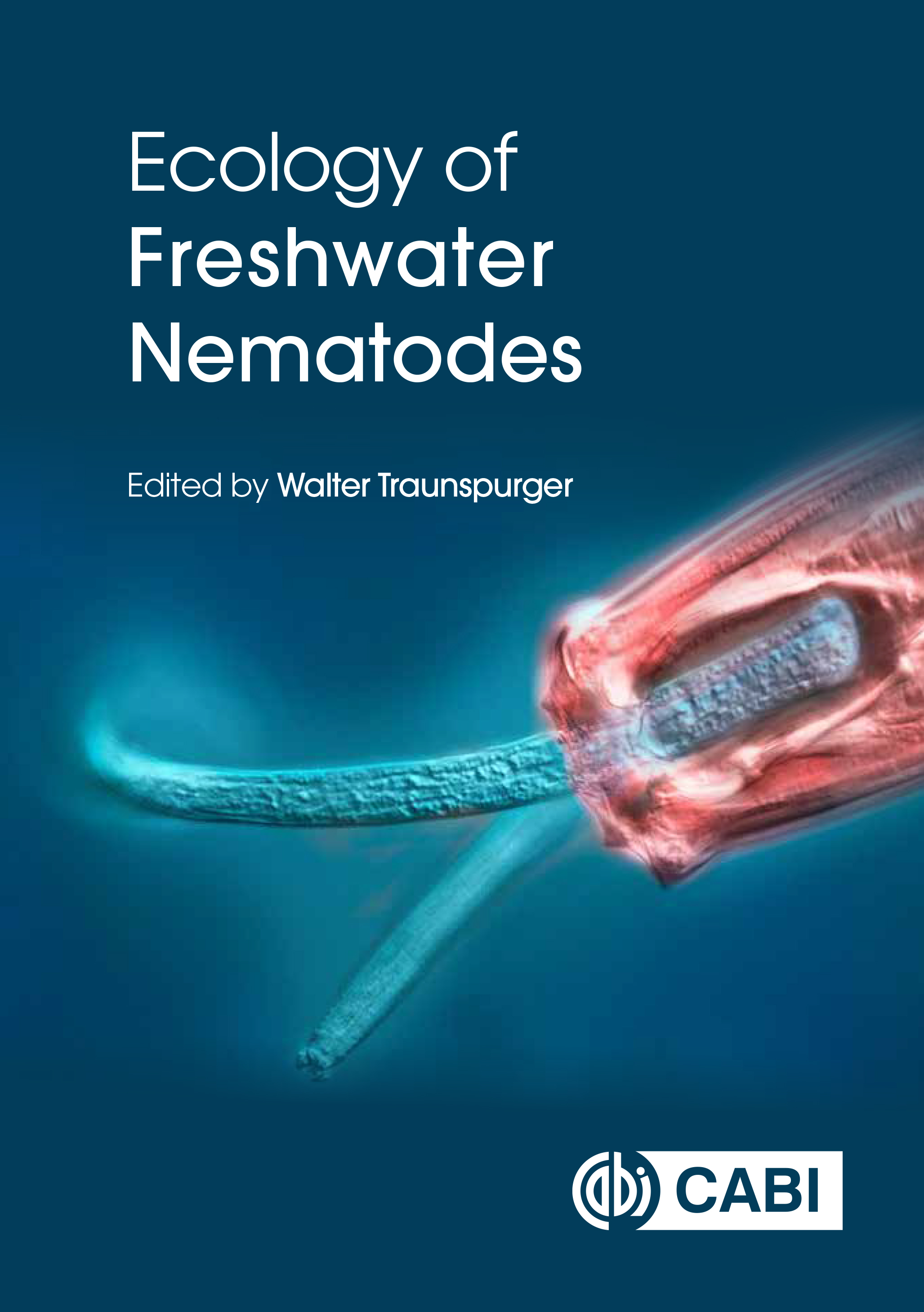
ECOLOGY OF FRESHWATER NEMATODES
ECOLOGY OF FRESHWATER NEMATODES
Edited by
Walter Traunspurger

CABI is a trading name of CAB International
CABI |
Nosworthy Way | WeWork |
Wallingford | One Lincoln St |
Oxfordshire OX10 8DE | 24th Floor |
UK | Boston, MA 02111 |
USA |
Tel: +44 (0)1491 832111 |
Fax: +44 (0)1491 833508 | Tel: +1 (617)682-9015 |
E-mail: | E-mail: |
Website: www.cabi.org |
CAB International 2021. All rights reserved. No part of this publication may be reproduced in any form or by any means, electronically, mechanically, by photocopying, recording or otherwise, without the prior permission of the copyright owners.
References to Internet websites (URLs) were accurate at the time of writing.
A catalogue record for this book is available from the British Library, London, UK.
Library of Congress Cataloging-in-Publication Data
Names: Traunspurger, W. (Walter), editor.
Title: Ecology of freshwater nematodes / edited by Walter Traunspurger.
Description: Wallingford, Oxfordshire ; Boston, MA : CAB International, [2021] | Includes bibliographical references and index. | Summary: Nematodes, with a simple, tubular body form are the most abundant multicellular animals on earth. Freshwater nematodes are central in the context of environmental monitoring, pollution assessments, global warming and food chain complexes, and this is increasingly being recognised-- Provided by publisher.
Identifiers: LCCN 2021001951 (print) | LCCN 2021001952 (ebook) | ISBN 9781789243635 (hardback) | ISBN 9781789243642 (ebook) | ISBN 9781789243659 (epub)
Subjects: LCSH: Freshwater nematodes. | Freshwater nematodes--Ecology.
Classification: LCC QL391.N4 E28 2021 (print) | LCC QL391.N4 (ebook) | DDC 592/.57--dc23
LC record available at https://lccn.loc.gov/2021001951
LC ebook record available at https://lccn.loc.gov/2021001952
ISBN-13: 9781789243635 (hardback)
9781789243642 (ePDF)
9781789243659 (ePub)
DOI: 10.1079/9781789243635.0000
Commissioning Editor: Rebecca Stubbs
Editorial Assistant: Lauren Davies
Production Editor: Tim Kapp
Typeset by SPi, Pondicherry, India
Printed and bound in the UK by Severn, Gloucester
To my family Gerti, Julia, and Janik
Contents
Nabil Majdi and Walter Traunspurger
Janina Schenk and Walter Traunspurger
Walter Traunspurger and Nabil Majdi
Mike Hodda and Walter Traunspurger
Christoph Ptatscheck and Birgit Gansfort
Nabil Majdi, Tom Moens and Walter Traunspurger
Christoph Ptatscheck
Nabil Majdi and Walter Traunspurger
Birgit Gansfort
Sebastian Hss
Sebastian Hss and Walter Traunspurger
Hendrik Fueser, Birgit Gansfort, Nabil Majdi, Janina Schenk and Walter Traunspurger
Hendrik Fueser, Animal Ecology, Bielefeld University
Konsequenz 45, 33615 Bielefeld, Germany. E-mail:
Birgit Gansfort, Animal Ecology, Bielefeld University,
Konsequenz 45, 33615 Bielefeld, Germany. E-mail:
Mike Hodda, CSIRO National Research Collections Australia,
GPO Box 1700 Canberra ACT 2601 Australia. E-mail:
Sebastian Hss, Ecossa, Giselastr. 6, 82319 Starnberg, and Animal Ecology, Bielefeld University,
Konsequenz 45, 33615 Bielefeld, Germany. E-mail:
Nabil Majdi, Animal Ecology, Bielefeld University,
Konsequenz 45, 33615 Bielefeld, Germany. E-mail:
Tom Moens, Marine Biology Section, Biology Department, Ghent University,
Krijgslaan 281/S8, B-9000 Ghent, Belgium. E-mail:
Christoph Ptatscheck, Animal Ecology, Bielefeld University,
Konsequenz 45, 33615 Bielefeld, Germany. E-mail:
Janina Schenk, Animal Ecology, Bielefeld University,
Konsequenz 45, 33615 Bielefeld, Germany. E-mail:
Walter Traunspurger, Animal Ecology, Bielefeld University,
Konsequenz 45, 33615 Bielefeld, Germany. E-mail:
Nematodes have conquered almost all habitats on Earth and have adapted to almost all of its living conditions. Indeed, in lakes, rivers, ponds, or other aquatic habitats it is not uncommon to find up to 1 million nematode individuals per square meter and over 100 species. It is therefore astonishing that the most common metazoans on Earth about 70% of all metazoans are nematodes receive so little research attention. Then again, why should they? At first impression, nematodes are unremarkable, but under the microscope their unique characteristics are revealed. These include a transparent body in which the inner organization can be seen, the many variations in the anatomy of their oral cavity, and a body structure that is surrounded by a cuticle of high diversity. Moreover, the short generation time (a few days to months) of many species makes nematodes ideal for laboratory studies, including life cycle, predatorprey, and competition experiments. Nematodes are also well suited for metacommunity analyses and for investigating the mechanisms of dispersal. Recent mesocosm-based studies of nematodes have demonstrated that these artificial ecosystems offer a very convenient scale for evaluating the effects of nutrients, predators, pollutants, etc., on important ecological parameters, such as the abundance, species richness, and secondary production of nematodes, over a period of several months.
It is therefore my hope that this book, with its 12 chapters, will encourage all ecologists to consider free-living nematodes as a model organism in their investigations, but also show how important it is to study the fundamentals of ecology, for example, the distribution and diversity of a group of organisms as well as the interactions of those organisms with others. Detailed studies of this type will ultimately provide a better understanding of food webs, their role in the respective habitat, and the changes therein caused by human activities. In this context, research during the past 20 years has determined that, in addition to aquatic environments, nematodes are good indicators of sediment and soil quality.
Next page
